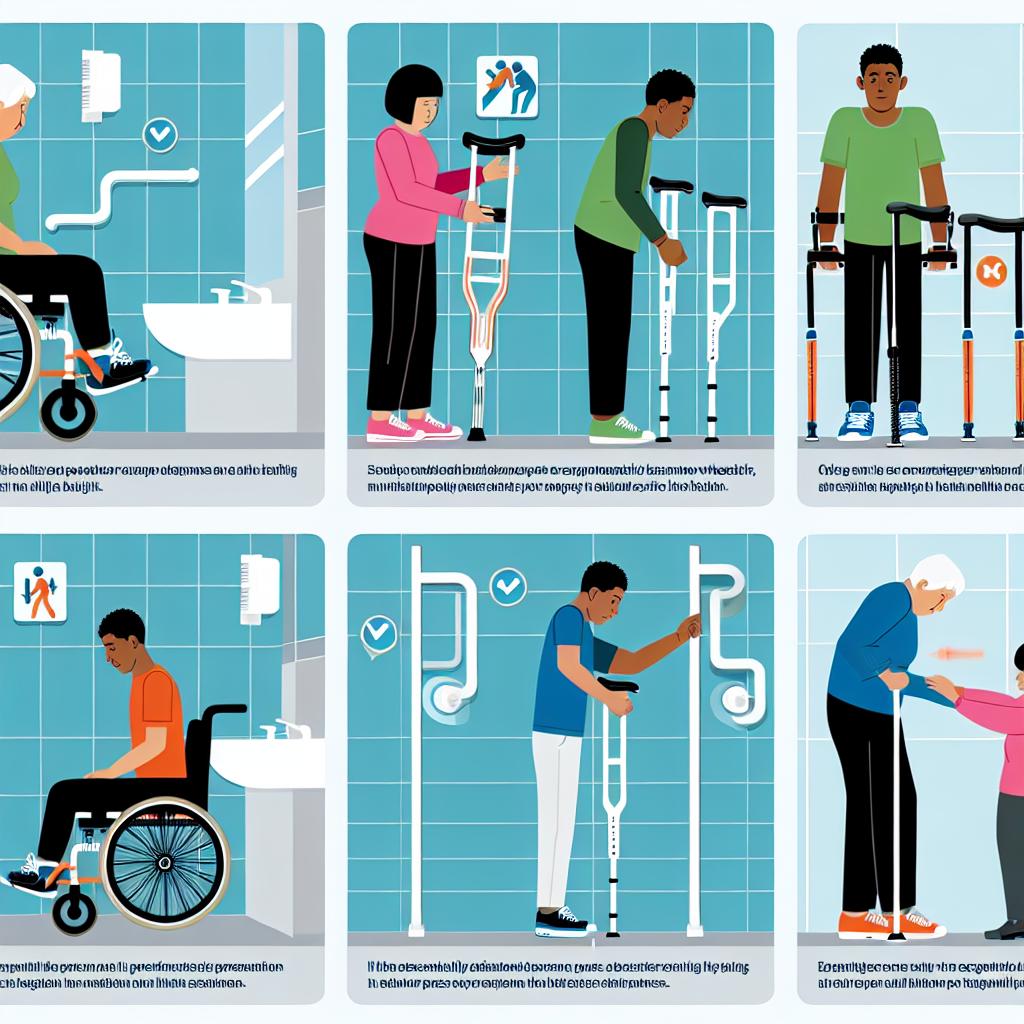The Role of Ergonomics in Mobility Aids
Ergonomics is an essential consideration in the design and use of mobility aids. These devices, which include wheelchairs, walkers, and canes, are vital for individuals with mobility challenges, providing support and enhancing independence. Understanding the importance of ergonomics in these tools can significantly impact their effectiveness and user satisfaction.
Understanding Ergonomics
Ergonomics is the science of designing products to fit the needs of the user, enhancing comfort, efficiency, and safety. In the context of mobility aids, ergonomic design focuses on adapting the device to the user’s physical characteristics and the tasks they need to perform. This ensures that mobility aids are not only functional but also minimize discomfort and the risk of injury.
Benefits of Ergonomic Mobility Aids
Ergonomic mobility aids offer numerous benefits that enhance the daily lives of users. Firstly, they reduce the physical strain on the body, particularly in areas prone to discomfort such as the back, shoulders, and hands. For instance, a well-designed wheelchair will have customizable footrests and armrests, supporting proper posture and reducing pressure points. Similarly, ergonomic walkers will have handles that conform to the hand’s natural position, reducing the risk of hand fatigue.
Moreover, these aids enhance the user’s ability to move independently. By ensuring that the device aligns with the user’s natural movements and tasks, ergonomic mobility aids facilitate smoother motion and better control. When individuals use aids tailored to their body mechanics, it can enhance endurance and reduce the likelihood of overuse injuries, further promoting autonomy and reducing reliance on specialized services or additional personal assistance.
Factors Influencing Ergonomic Design
Several factors must be considered in the ergonomic design of mobility aids. One critical aspect is the user’s physical dimensions and capabilities. This includes their height, weight, and any specific disabilities they may have. Customizable features, such as adjustable heights and adaptable support systems, are crucial to accommodate these variations. These adjustments ensure that users of differing body types can maintain optimal body alignment and avoid unnecessary stress on joints and muscles.
Another factor is the environment where the aid will be used. Different settings, such as indoor spaces with narrow hallways or outdoor areas with uneven terrain, require specific design considerations. Ergonomics takes these environmental variables into account to maximize functionality and safety. For instance, wheelchairs that must navigate tight corners and small rooms may feature tighter turning radii or be more compact. In contrast, a device intended for outdoor use might be designed with more robust materials and enhanced suspension systems to comfortably manage rougher surfaces.
Technology also plays a role in advancing the ergonomic features of mobility aids. With the integration of smart technology, users can experience enhanced maneuverability and ability to customize settings through connected apps, contributing further to comfort and autonomy. For example, advanced wheelchairs today may offer connectivity features that allow users to adjust seat positions or control their devices through a smartphone interface, tailoring the device further to suit their ergonomic and functional requirements.
Conclusion
Incorporating ergonomics into the design of mobility aids is vital for enhancing user comfort and functionality. By focusing on the user’s needs and the tasks they need to perform, these devices can provide significant improvements in quality of life. For more information on the latest developments in ergonomic mobility aids, visit Disabled World. Understanding and prioritizing ergonomics in mobility aid design is an essential step towards creating supportive, innovative solutions for individuals with mobility challenges. This approach not only addresses immediate concerns of usability but also looks to the future of these technologies, incorporating emerging trends and user feedback to continue refining and enhancing what is available for the people who most need them.
Additionally, this analysis of ergonomics extends beyond the individual to make a broader societal impact. Well-designed mobility aids do not just benefit their user; they promote broader social engagement by enabling individuals to participate more fully in community activities, educational pursuits, and occupational opportunities. As these aids are improved through ergonomic principles, they embody inclusivity, reflecting and promoting values that empower those with mobility challenges to lead more active, integrated lives.
Investing in ergonomic research and considering the feedback of diverse users will be crucial to these goals. By doing so, we ensure that mobility aids are not only effective but are also crafted with deep consideration of the user experience, paving the path towards increasingly dynamic and responsive design in assistive technology.
